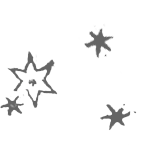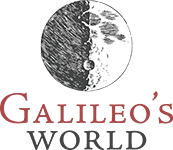15th century
Exhibit items from the 15th century.
Exhibit Items
| 1 |
Book on Calculation Borgi, Pietro (1517) Borgi’s book on the abacus was the most important commercial arithmetic manual in Renaissance Italy. Around 1200, Leonardo of Pisa, also known as Fibonnacci, wrote an earlier manual for the abacus which introduced a sign for zero, Hindu-Arabic numerals, and a base-10 place value system. |
|
| 1 |
The Nuremberg Chronicle Schedel, Hartmann (1493) In the most lavishly illustrated book of the 1400’s, solid spheres ceaselessly turn, carrying the planets and filling the universe between the outermost heaven and the central Earth. |
 |
| 2 |
The Advantages of Country Living de’ Crescenzi, Pietro (1471) This is the earliest published work on agriculture, a manual for managing a feudal estate. It is an ancestor to the early printed herbals, and explains what plants one must cultivate to be able to make the common remedies. |
|
| 2 |
Astronomical Calendar, 1476 Regiomontanus, (1476) In this book, Regiomontanus predicted the positions of the Sun and Moon for 40 years. He designed a sundial to work independently of one’s latitude, and a volvelle, or circular dial, to locate the position and phase of the Moon according to date and time. |
|
| 4 |
Garden of Health , (1491) Medieval remedies and natural knowledge: An explosion of 16th-century herbals dramatically extended the “materia medica” tradition deriving from ancient writers, assimilating a vast increase in the number of known plants. |
|
| 6 |
The Book of Meteorology Paracelsus, (1566) Paracelsus in this book attacked Aristotelian philosophy, arguing that an experimental understanding of chemical processes would hold the key to advances in meteorology. |
|
| 7 |
Forecasts Paracelsus, (1536) Woodcuts adorn the top of each page in this “astro-meteorology,” a fusion of meteorology, astronomy, chemistry and medicine containing forecasts for the next 24 years. |





